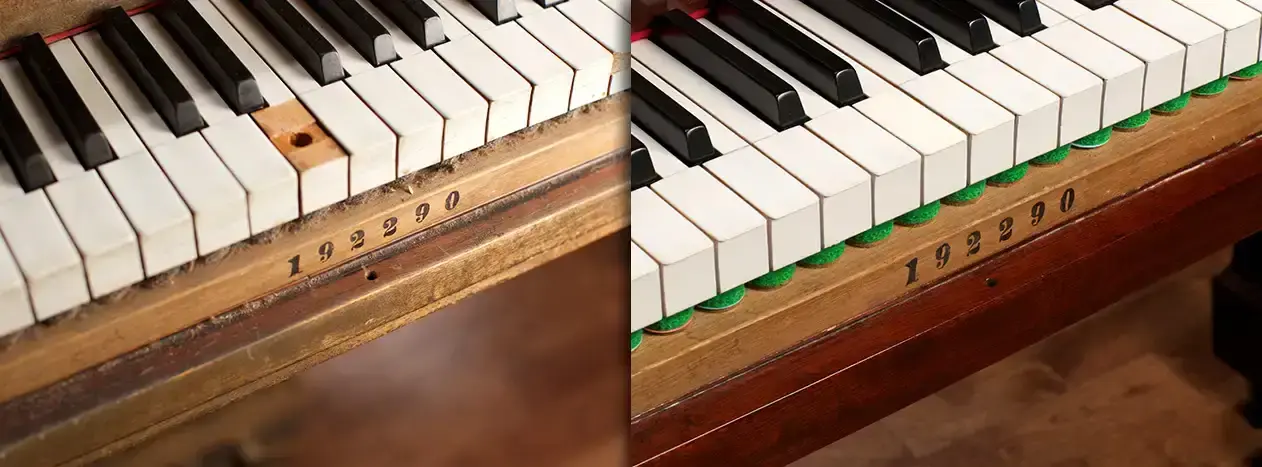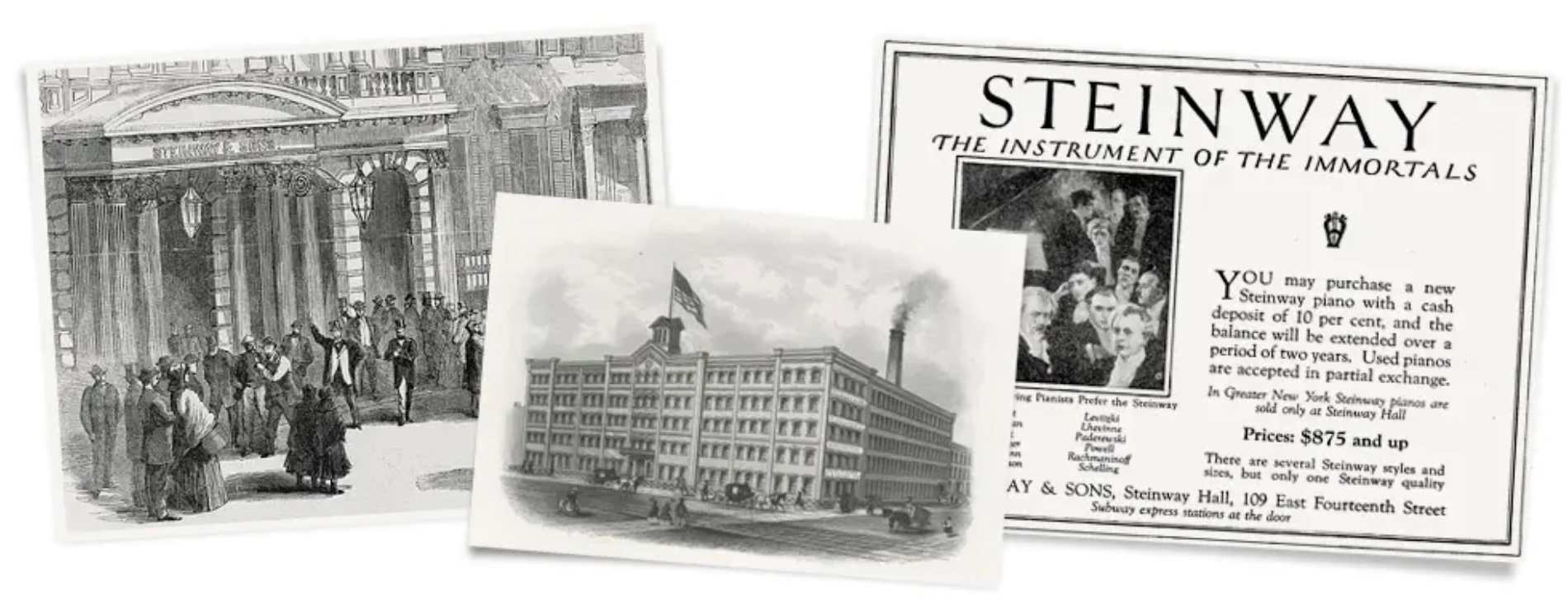Is a restored Steinway grand piano worth the investment? Can a 100-year-old instrument truly sound and feel like a brand new one? And the most important question: how much does it actually cost?
For over a century, my family has been dedicated to answering these questions, not with vague estimates, but with transparent pricing, world-class craftsmanship, and real customer stories. We believe that the Golden Era of Steinway—a period of unparalleled material quality and handcrafted artistry—represents a pinnacle of piano making that deserves to be preserved. A restored Steinway isn't just a more affordable alternative to a new one; in many ways, it's a superior instrument.
In this guide, we will pull back the curtain on Steinway piano restoration costs. We'll provide real pricing ranges based on our projects, share the stories of customers who have gone through the process, and introduce you to the master craftsmen whose hands will bring your piano back to life. Our goal is to give you the clarity and confidence you need to decide if restoring your family's Steinway is the right choice for you.
Steinway piano restoration is the process of returning a vintage piano to its original glory, both mechanically and aesthetically. This can range from a partial restoration, where we focus only on the areas most important to you, to a full restoration, where every component of the piano is addressed. The beauty of restoration is that it is not a one-size-fits-all process. It is a custom-tailored journey designed around your specific piano, your performance needs, and your budget.

To understand the transformative power of restoration, consider the story of Jason Warnick from Washington and his 1918 Steinway grand piano.
"This piano had sat, literally, as a piano-shaped object, not a piano, for a couple of decades," Jason recalls. "And a cat literally used it as a place to spend its day, inside this piano."
Jason's piano was a family heirloom, a gift to his grandparents from a couple they had cared for over ten years. It held immense sentimental value, but its musical value was long gone. The piano had been neglected for so long that it was no longer functional. Yet Jason knew that buried beneath the damage was an instrument from Steinway's Golden Era, a time when every piano was built by hand with materials and craftsmanship that are simply unavailable today.

After researching restoration shops across the country—from Seattle to California to North Carolina—Jason was struck by our immediate responsiveness and our family's deep-rooted tradition. Within two minutes of submitting a web inquiry, I personally called him back. Other shops took days to respond, and none could match the personalized attention and exacting answers he received from our team.
"It was clear this wasn't just a business to the Lindeblads," Jason says. "It was a family tradition to them to really invest in the perfect restoration of these vintage pianos."
We performed a full mechanical restoration on Jason's 1918 Steinway, focusing on the instrument's sound and playability while leaving the original finish to preserve its antique character. The soundboard was replaced, the action was completely rebuilt with over 10,000 new parts, and the strings and tuning pins were installed fresh. The result was so remarkable that it left a skeptical, seasoned piano tuner speechless.
"He was just shaking his head and just amazed," Jason says. "And I came down and he just stood there and just said this is absolutely amazing. It's the most amazing restoration I've ever seen."
Jason's story is a testament to what is possible. A piano that was once a home for a cat is now a concert-level instrument that honors his family's legacy. You can hear his full story in the video below:
Jason Warnick's 1918 Steinway Grand Restoration Testimonial
Steinway Piano Restoration Cost Breakdown
Now, let's talk numbers. The cost of a Steinway restoration is determined by the size of the piano, the scope of the work, and the specific parts you choose. While every project is unique, we can provide clear ranges for a full restoration, which includes a new soundboard, pinblock, strings, a complete action rebuild, and case refinishing.
As you can see, a full restoration typically costs 40-50% less than buying a brand new Steinway. You receive the revered quality of a Golden Era instrument, customized to your preferences, for about half the price of a new piano from the factory. For a Model B, you could save as much as $80,000. For a concert grand Model D, the savings can exceed $150,000.
These prices can fluctuate based on the cost of parts and supplies, which are always changing. However, the value proposition remains consistent: you are getting a piano with superior materials from the Golden Era, restored by craftsmen trained at the Steinway factory, for a fraction of the cost of a new instrument.














